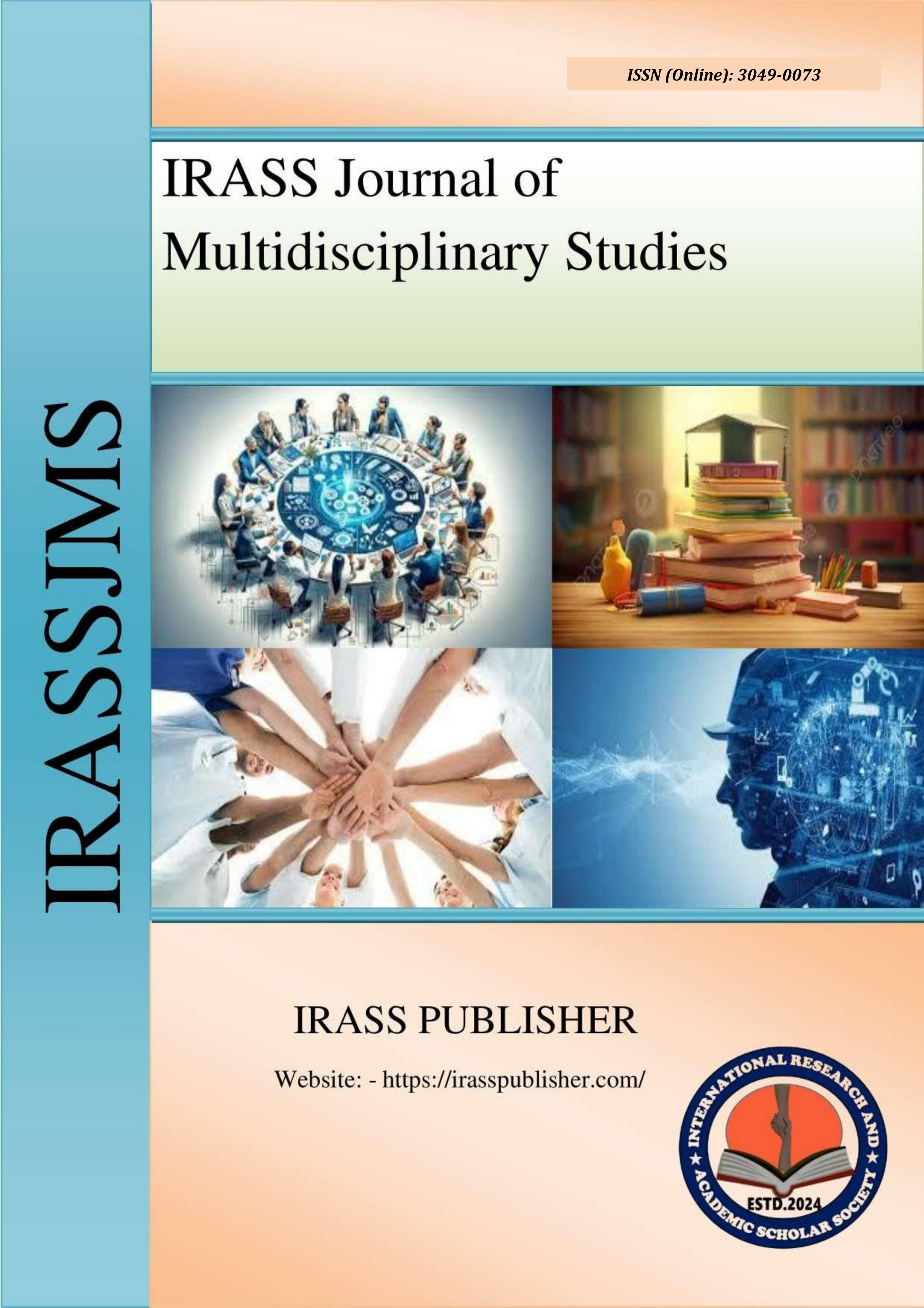ADVANCING STRATEGIES IN POLICING AND CRIME PREVENTION
Sr No:
Page No:
17-26
Language:
English
Authors:
Dr. John Motsamai Modise*
Received:
2025-02-19
Accepted:
2025-03-01
Published Date:
2025-03-05
GoogleScholar:
Click here
Abstract:
To ensure optimal resource allocation and maximize the impact of crime prevention
programs on creating safer communities, it is imperative to evaluate their efficacy. This
necessitates a thorough and comprehensive strategy that goes beyond just tracking instantaneous
outcomes. The purpose of the article was to evaluate how crime prevention initiatives affected
crime rates and associated socioeconomic issues. to assess the financial viability of various
crime prevention strategies. to educate practitioners and legislators on the best tactics for
lowering crime. The goals were to Create a thorough study plan to assess the success of the
program. Compile and evaluate information on program participation, crime rates, and pertinent
socioeconomic variables. To determine the financial impact of crime prevention programs,
perform cost-benefit assessments. Examine the long-term effects on crime and recidivism of
various approaches. Determine the elements that affect whether crime prevention initiatives are
successful or unsuccessful. How much do crime prevention initiatives (such those aimed at
violent or property crimes) lower crime rates? What are the immediate and long-term effects of
crime prevention initiatives on rates of recidivism? Are some strategies for preventing crime
more cost-effective than others in terms of reducing crime? What effects do social and economic
variables have on how successful crime prevention initiatives are? What unforeseen
repercussions might crime prevention methods have, if any? Methods for Evaluating Initiatives
in Crime Prevention. A robust methodology is necessary to ensure that programs for preventing
crime are correctly evaluated. Perform a literature review that will assist in understanding the
body of existing research, identifying any gaps, and developing your research questions. This
will be done by using academic journals, papers, and other reliable sources. A thorough
framework for conducting research and writing about the creation of digital infrastructure and
the future of the digital workforce is provided by this format. Academics and professionals can
conduct a thorough assessment that aids in the distribution of resources, the establishment of
new programs, and ultimately the building of safer communities by employing this
methodology.
Keywords:
Evaluation, Cost-benefit analysis, Impact assessment, Long-term outcomes, Social programs, Community policing, Situational crime prevention, Educational programs, Recidivism, Crime prevention programs. Community policing, Problem-oriented policing, Technology-driven policing, Data analysis.
Journal: IRASS Journal of Multidisciplinary Studies
ISSN(Online): 3049-0073
Publisher: IRASS Publisher
Frequency:
Monthly
Language:
English

